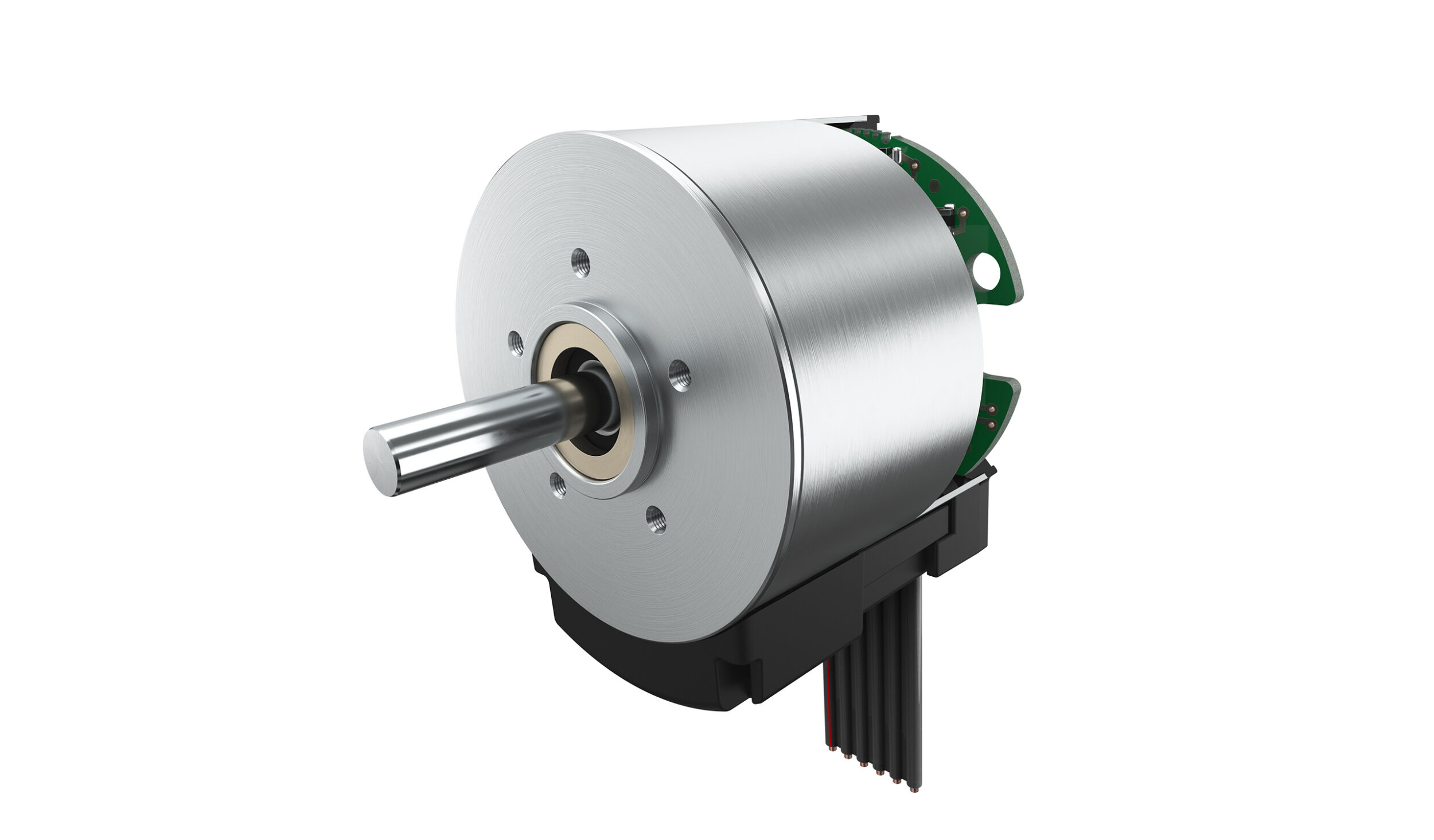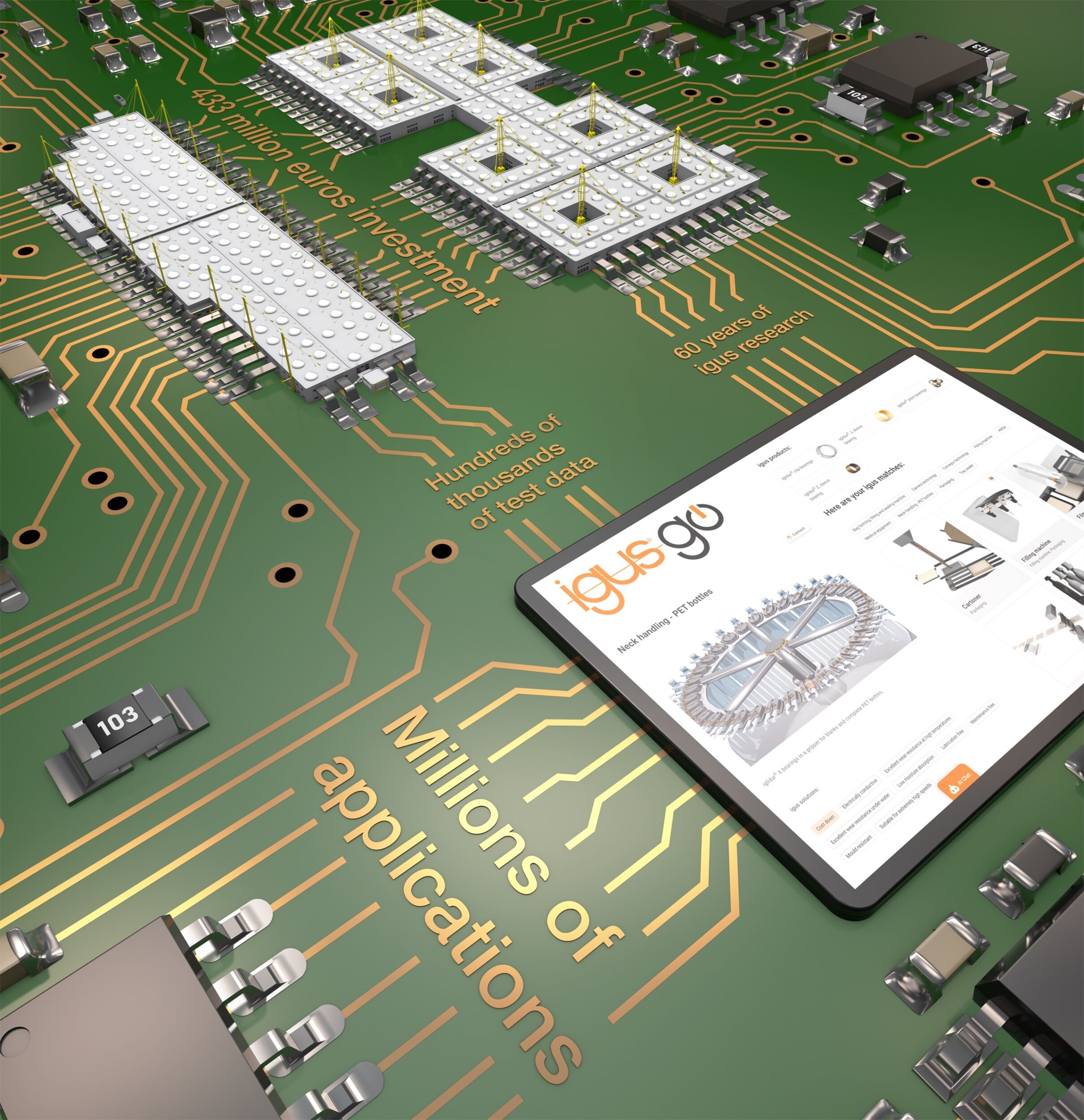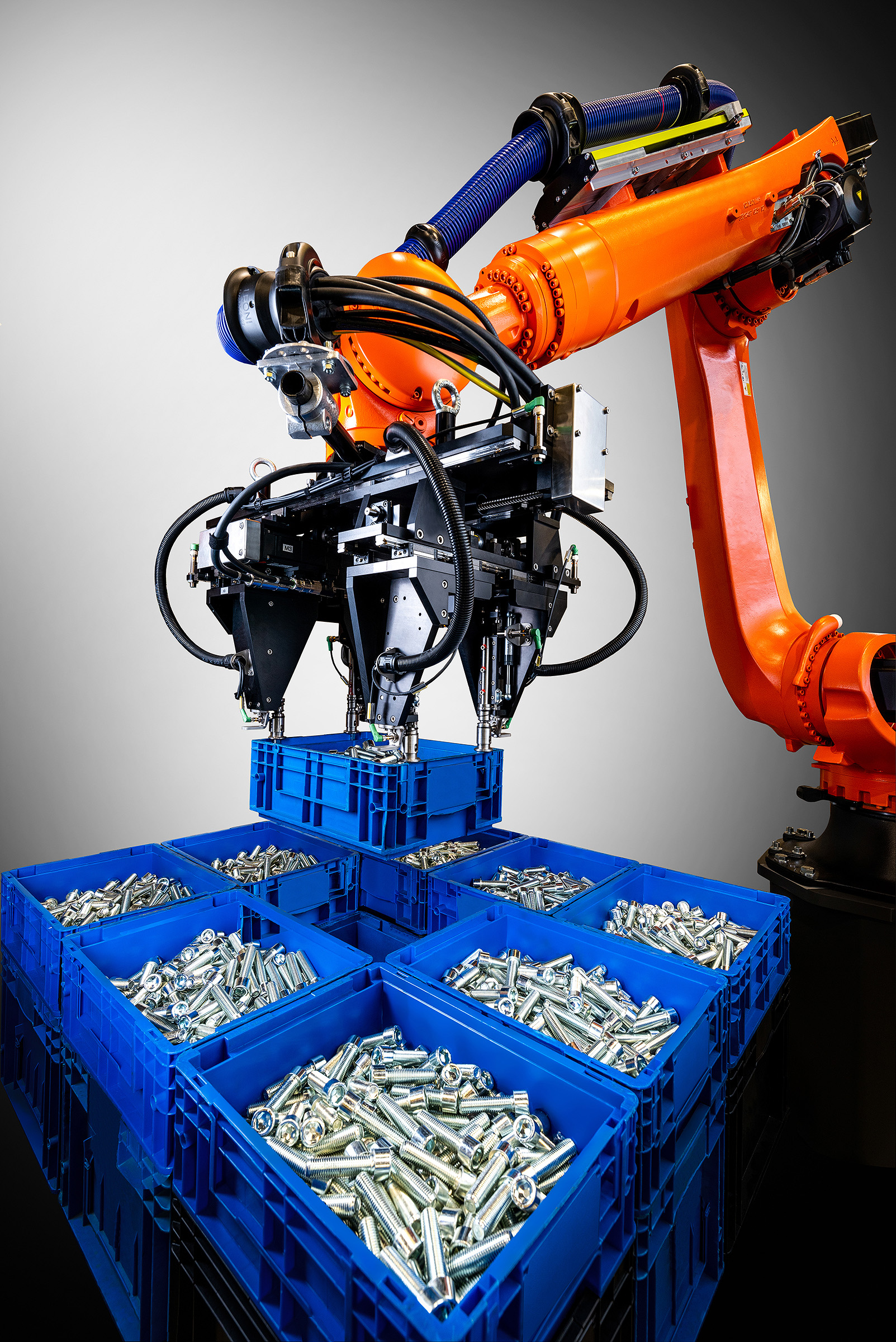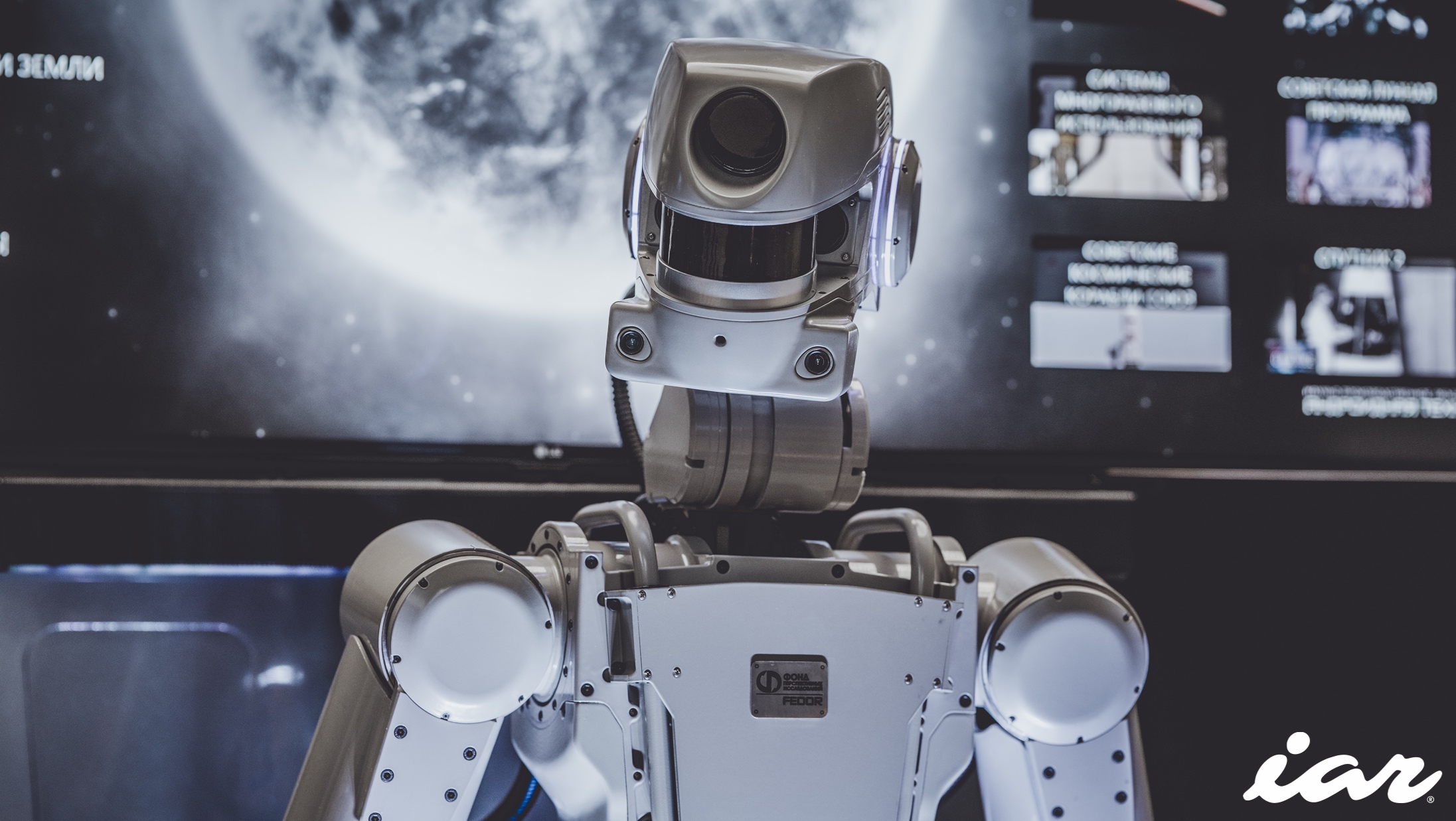Tactics of fear and manipulation
My earlier career was in political strategy and I know something about the tactics of fear and manipulation – of raising doubts for manipulative purposes, as well as the real need for technologies to equalize the playing field. Again, the two-edged sword. At the present time, we are under very real threat militarily and from the cyber world. We must invest in countering those threats and inventing new preventative weaponry. Non-militarily, jobs ARE under threat – particularly the dull, dirty and dangerous (DDD) ones easily replaced by robots and automation. In today’s global and competitive world, DDD jobs are being replaced because they are costly and inefficient. But they are also being replaced without too much consideration for those displaced. It’s hard for me as an investor and observer (and in the past as a hands-on participant) to reconcile what I know about the state of robotics, automation and artificial intelligence today with the future use of those very same technologies.
The speed of change
I see the speed of change, e.g.: for many years, Google has had thousands of coders coding their self-driving system and compiling the relevant and necessary databases and models. But along comes George Hotz and other super-coders who single-handedly write code that writes code to accomplish the same thing. Code that writes code is what Elon Musk and Stephen Hawking fear, yet it is inevitable and soon will be commonplace. Ray Kurzweil named this phenomenon and claims that the ’singularity‘ will happen by 2045 with an interim milestone in 2029 when AI will achieve human levels of intelligence. Kurzweil’s forecasts, predicated on exponential technological growth, is clearly evident in the Google/Hotz example.
The two-edged sword of good and evil
Pundits and experts suggest that when machines become smarter than human beings, they will take over the world. Kurzweil does not think so. He envisions the same technology that will make AIs more intelligent giving humans a boost as well. It is back to the two-edged sword of good and evil. In my case, as a responsible writer and editor covering robotics, automation and artificial intelligence, I think it is important to stay on topic, not fan the flames of fear, and to present the positive side of the sword.












